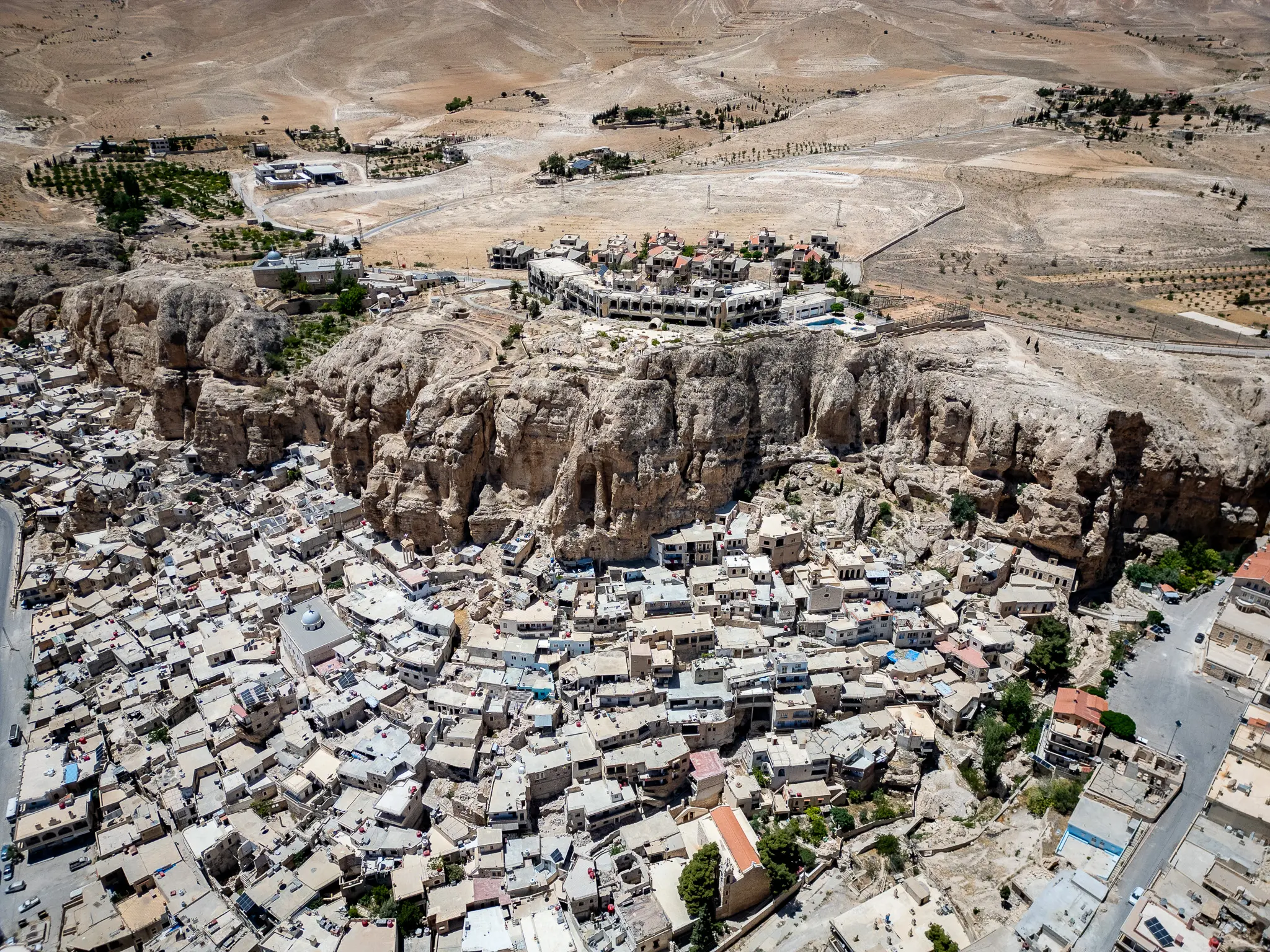Why Syria’s UNESCO Sites Still Matter in 2025
For travelers seeking depth, Syria’s heritage isn’t something you observe — it’s something you walk through, touch, and feel.
Despite the scars of war, Syria remains home to some of the oldest continuously inhabited cities on Earth, breathtaking Roman ruins, and Crusader castles that defy time. UNESCO recognized these treasures decades ago, but seeing them today is a different experience: quieter, more personal, and deeply emotional.
Here are five of Syria’s UNESCO World Heritage Sites that still take your breath away — and what it means to visit them now.
1. 🕌 The Ancient City of Damascus
One of the oldest continuously inhabited cities in the world, Damascus is a living museum of civilizations layered over thousands of years. Wander through its winding souks, discover hidden hammams, and stand in awe before the Umayyad Mosque — one of Islam’s grandest architectural marvels.
Why it’s special: Damascus isn’t just old — it’s alive. People still live in its centuries-old homes, pray in its ancient mosques, and serve tea in its shaded courtyards.
📍 Highlights: Straight Street, Azem Palace, Umayyad Mosque, Christian Quarter
2. 🏘️ The Old City of Aleppo
Aleppo’s soul may have been tested, but it was never erased. Once a vital trading city on the Silk Road, its medieval souks, citadel, and mosques stood for centuries before the war. Today, careful restoration is bringing it back to life — brick by brick, story by story.
Why it’s special: To walk through Aleppo’s old town is to witness resilience. Restoration projects are returning color and hope to this UNESCO site.
📍 Highlights: Aleppo Citadel, Al-Madina Souk, Great Mosque of Aleppo
3. 🏰 Krak des Chevaliers & Qal’at Salah El-Din
These two Crusader castles are feats of medieval engineering — perched high on Syrian hills, looking as though they were carved from the mountains themselves. Krak des Chevaliers, especially, is near-mythical in its scale and preservation.
Why it’s special: Visiting Krak is like walking into a medieval legend. Vast halls, towers, and views that stretch for miles — it’s no wonder Lawrence of Arabia called it “the finest castle in the world.”
📍 Highlights: Krak’s chapel, battlements, panoramic views of the Homs Gap
4. 🏛️ The Ancient City of Palmyra
An oasis of columns and grandeur in the Syrian desert, Palmyra was once the jewel of the Roman East. While parts were damaged in recent years, much of the site — including the impressive colonnade and Temple of Bel — remains standing. And with new conservation efforts, Palmyra’s story continues.
Why it’s special: Palmyra moves you. Its beauty, its silence, and its survival speak to Syria’s cultural soul.
📍 Highlights: Grand Colonnade, Valley of the Tombs, Temple of Bel
5. 🪨 The Ancient Villages of Northern Syria (Dead Cities)
Hidden in the hills between Aleppo and Idlib are hundreds of stone villages — untouched for over 1,000 years. These “Dead Cities” once thrived in Byzantine times, and today, their homes, churches, and olive presses lie ghostly and intact.
Why it’s special: It’s Syria’s most surreal site. You walk through entire villages frozen in time — with no tourists, no guides, no fences.
📍 Highlights: Serjilla, Al-Bara, Ruweiha
How to Visit Syria’s UNESCO Sites Today
Visiting these heritage treasures in 2025 requires local knowledge, careful planning, and flexible logistics. Some are fully open and safe to explore with a guide (like Damascus and Krak des Chevaliers), while others (like Aleppo and Palmyra) may have limited access depending on the region and season.
That’s why our itineraries adapt in real time — always guided by safety, respect, and authentic connection.
Travel Through Syria’s Cultural Soul with ToursSyria
At ToursSyria, we’re not just checking off monuments — we’re helping you feel the heartbeat behind them. With expert Syrian guides, safe border transfers, and deep cultural context, we bring you face-to-face with the people and stories that still live in these legendary places.
✉️ Let’s start planning your UNESCO heritage journey — whether it’s 5 days or 14, we’ll build your route around real discovery.





